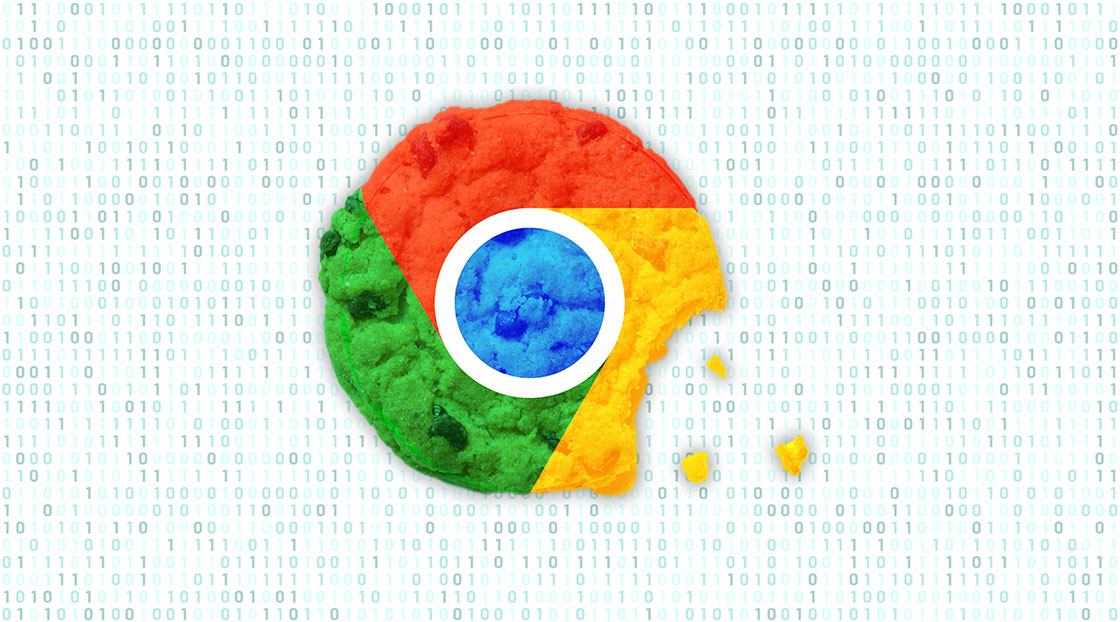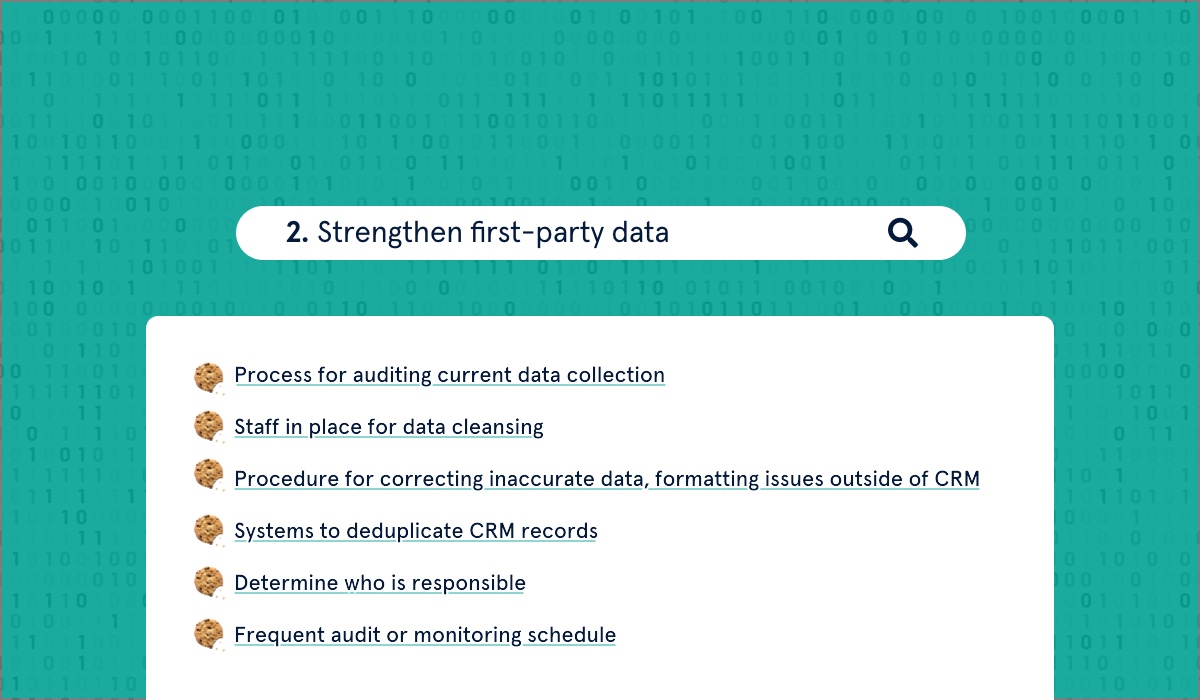The impact of cookie deprecation on media buying will be significant. Advertisers will no longer be able to track users across multiple websites, making it harder to create targeted ad campaigns. Google announced its move away from third-party cookies more than a year ago, but it’s made it crystal clear that 2024 will be the year the cookie starts to crumble.
In the interim, Apple required app providers to get explicit permission from consumers before tracking them through device identifiers as part of its app-tracking-transparency (ATT) framework. And with laws such as GDRP and CCPA—ensuring brands are more transparent around data collection—it’s apparent that privacy will be a big part of the advertising ecosystem.
You can couple this with the new cliff that will impact the enrollment “ecosystem” (i.e., the search cliff). Announced last year, the College Board will shift to a digital PSAT and SAT format, taking with it a loss of nearly 40% of names for licensing due to privacy laws. In their own words, enrollment leaders must act quickly to diversify their sourcing.
This year will need to be the year higher education marketers begin to prepare for not only a cookie-less future but a future that will be a little more reliant on first-party data not secured by the old college-search methods. Familiarizing yourself with the evolution of contextual targeting opportunities, securing and using first-party data in new ways and exploring data clean rooms are three ways to start that preparation.







